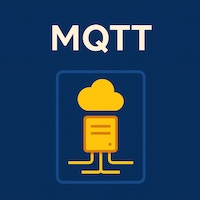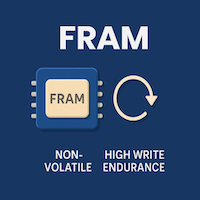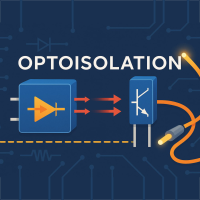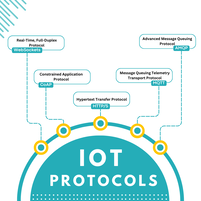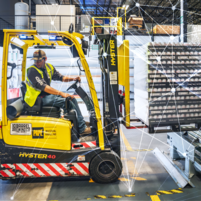IoT in Retail Industry
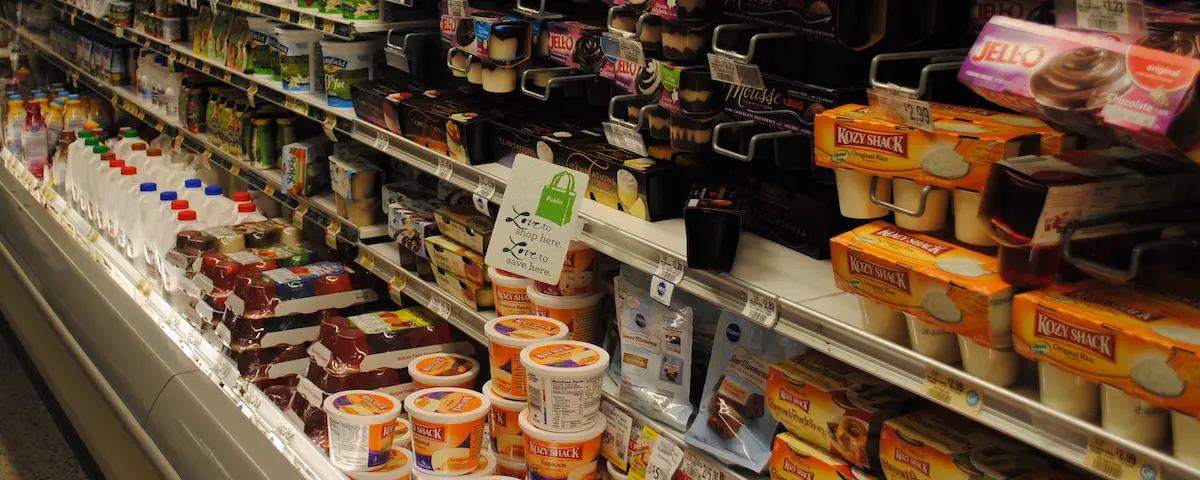
It's possible that the current retail success may be traced back to the epidemic's recent happenings. From an average of 2 billion monthly visitors in 2019 to 2.3 billion in 2020 and a record-breaking 2.8 billion in February 2021, Amazon.com achieved tremendous growth.
Despite the incredible opportunities the digital age presents, the retail industry is fully aware of the difficulties and restrictions it must overcome. While there is ample opportunity for growth, sellers are hampered by factors including consumers' changing shopping patterns, the increasing demands on shipping companies, consumers' wariness of online purchases, and a general lack of computer literacy. Retailers have been forced to rethink their strategies in light of the pandemic and have responded by boosting their use of IoT solutions.
What kind of opportunities do modern technological advancements provide? Is there any successful implementation of IoT use cases in the retail sector? This article will discuss these and other concerns while thoroughly analyzing the retail industry's adoption of the Internet of Things.
The role of IoT devices in the retail industry
Bringing online connectivity to more things in the real world is what's meant by "the Internet of Things." The Internet of Things (IoT) is a concept that opens up several opportunities across many sectors, including commerce, transportation, healthcare, and the workplace, among others.
You may get a feel for how IoT might be used in the retail sector from the following examples of its two most common uses:
Gathering data and releasing it
Sensors in retail IoT devices, items, and environments provide helpful information on the lifetime of a product and the customer's interaction with the store as a whole. When this information is processed and analyzed, it yields valuable insights that help retail managers make educated decisions that improve both the customer experience and the effectiveness of retail operations.
Using the information gathered to make decisions.
Using IoT-enabled tools and interconnected stores, retail processes and operations may be automated in whole or part. This contributes to the growth of a more efficient, sustainable, and robust industry.
Customized messages derived from information collected by IoT gadgets
Thanks to the Internet of Things, a strong case can be made for boosting two-way communication between customers and the businesses that serve them. Internet of Things (IoT) sensors installed inside stores may monitor customers' movements, analyze their behaviors, and relay this data to the marketing department.
Maximizing Use of a Product
With the data collected by IoT, businesses may improve product upkeep, performance, and even aesthetics. The manufacturer may change the settings and install necessary software updates while clients use the gadget in their own house. Also, while the product is being utilized, any insights acquired will be recorded and uploaded to the company's server. All the data collected will be useful when it's time to choose a new roster.
Monitor and attempt to predict in-store client wait times
Using Internet of Things (IoT) technology in retail might greatly help during the epidemic. Long checkout lines discourage customers from returning, increasing the risk of spreading COVID-19. Clients are more frustrated by not knowing how long they would have to wait than by actually waiting for an extended period.
Keep the customer updated on the delivery status of the goods
The rivalry among delivery services has heated up as the need for delivery has skyrocketed during the pandemic. This being said, there are still worries about whether or not products will arrive safely and on schedule. Using customer web portals and mobile apps, retailers may keep customers up-to-date on the progress of their orders through the IoT and reduce customer service calls and emails.
Examples of IoT applications in the retail sector
The retail industry has found many ways to use IoT solutions to improve the shopper's experience, and the retail management sector has found just as many. The Internet of Things offers the retail industry primarily the following advantages:
Putting the client in charge of their own buying experience
When used properly, the IoT in retail settings has the potential to significantly aid a firm in developing a more meaningful connection with its customers. This is far more effective than just hoping that passing customers would enter the store.
Supply chain efficiency improvement
The Internet of Things is intimately intertwined with GPS and RFID technology to help businesses maintain track of their goods through the supply chain. It lets stores see where their interests are and how they're doing so they can keep tabs on their conditions and predict when they'll be delivered.
Putting on unique new events in-store
When used in retail settings like shopping centers and stores, the Internet of Things gives business owners the information they need to create the ideal layout for their operations. Use customer information gathered from in-store transactions to optimize store design, shorten customers' wait times in the dressing room, create an intelligent suggestion system, and even do away with certain human workers. When it comes to examples of how the Internet of Things may improve the in-store shopping experience, Amazon Go stands out as the clear frontrunner.
Cashless payment methods are used at IoT retail checkouts
Using IoT in conventional stores may save money on repairs while also increasing your clientele's happiness and your staff's efficiency.
Using the Internet of Things in Retail
Following a discussion of the most promising opportunities afforded by the Internet of Things in the retail sector, we will examine some of the most pervasive uses of this technology. Some examples are shown here, although just a small subset.
Keeping an eye on something
Reliable delivery is a significant issue in the retail business, but the Internet of Things is helping to solve this problem. It's possible that this innovation might increase openness in the logistics sector and streamline operations.
Predictive servicing of machinery
When electric equipment, like refrigerators, breaks down, it may cost a company a lot of money, damage its image, and waste a lot of merchandise. A more proactive approach to shop upkeep is possible because the Internet of Things monitors retail operations. The gadget can keep tabs on the machinery in real-time and send alerts to the right people if a probable breakdown occurs.
Regulation of stockpiles and supply
Automating stock control is a significant benefit of Internet of Things (IoT) use in smart retail. Managers are in charge of automating the ordering, stocking, and reordering of products and collecting, analyzing, and forecasting consumption data. The net result of these efforts is not just greater precision but also substantial financial savings.
Modeling mall traffic and assessing its significance
Implementing Internet of Things sensors in strategic places throughout the enterprise provides management with a more comprehensive understanding of the most popular services and products.
How many folks working in retail benefit from the Internet of Things?
Let's talk about the various reasons your retail business must use the Internet of Things technology once we've examined its many applications in the retail industry. Saving money on costs related to product waste and theft is one of the main motivations for using Internet of Things technology in retail operations. Smart Internet of Things apps used in retail provides additional visibility and traceability to inventory and delivery processes. There is a corresponding increase in precision and the capacity to make predictions due to using these technologies.
More efficient stock-control and management features
With the help of IoT, store owners can monitor stock levels in real-time and resupply just in time. Financial administration and taxes may also be automated with the use of this technology, decreasing the risk of errors and the costs connected with them.
Explore more
Need any help in IoT?
Need any help in IoT? An Atreyo expert identify the right solution for your needs.
If ready to talk to an Atreyo expert
Interested in IoT products? go to
